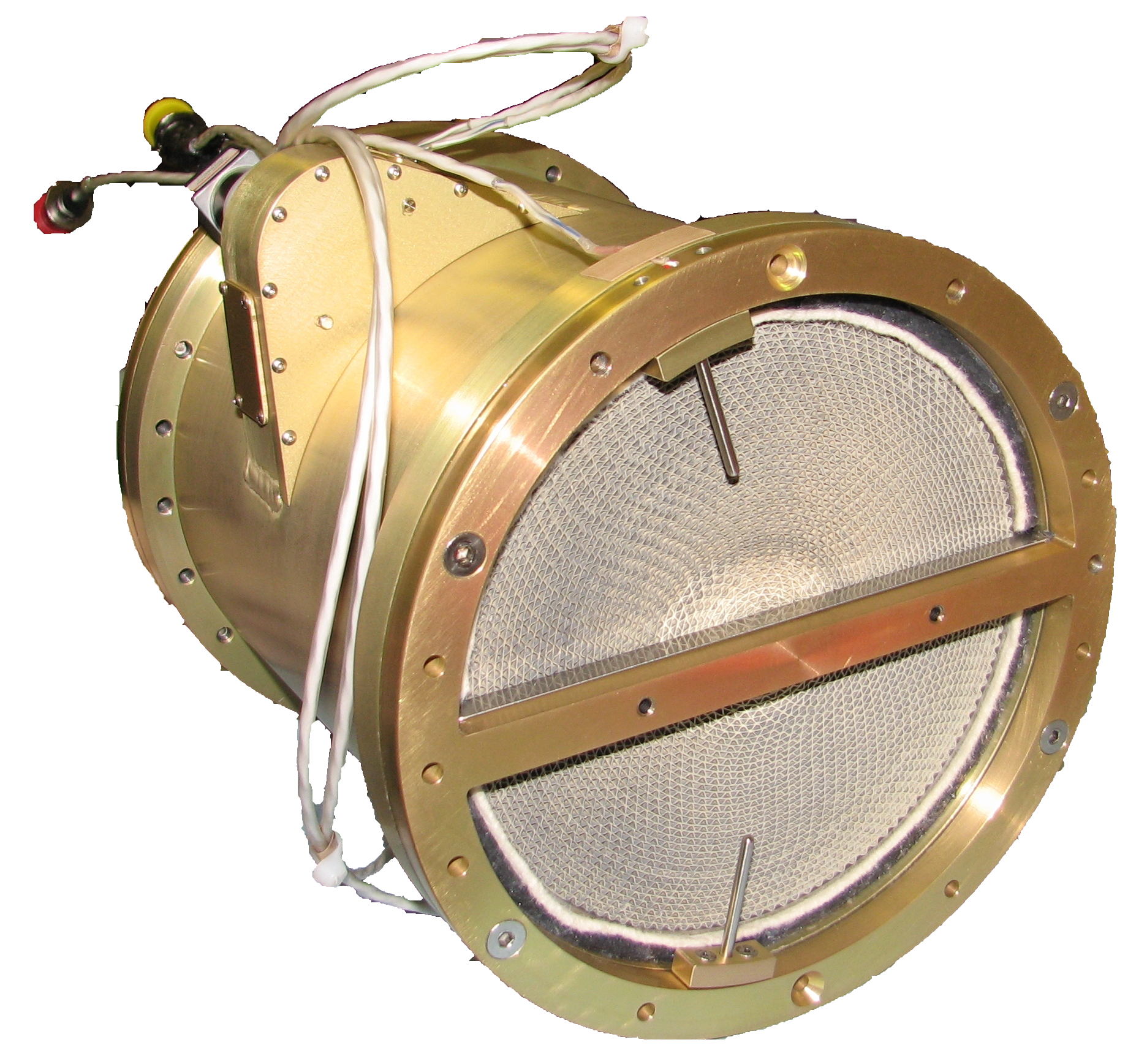Hardware for Space Station
TDA’s life support technologies for human space flight include water recovery, CO2 revitalization and trace contaminant control. TDA’s flight qualified water saver wheel hardware is used on the International Space Station.
One of NASA Johnson Space Center's test articles of the amine-based carbon dioxide (CO2) and water vapor sorbent system known as the CO2 And Moisture Removal Amine Swing-bed, or CAMRAS, was incorporated into a payload on the International Space Station (ISS). The intent of the payload is to demonstrate the spacecraft-environment viability of the core atmosphere revitalization technology baselined for the new Orion vehicle. In addition to the air blower, vacuum connection, and controls needed to run the CAMRAS, the payload incorporates a suite of sensors for scientific data gathering, a water save function, and an air save function. The water save function minimizes the atmospheric water vapor reaching the CAMRAS unit, thereby reducing ISS water losses that are otherwise acceptable, and even desirable, in the Orion environment. The air save function captures about half of the ullage air that would normally be vented overboard every time the cabin air-adsorbing and space vacuum-desorbing CAMRAS beds swap functions. The JSC team conducted 1000 hours of on-orbit Amine Swingbed Payload testing in 2013 and early 2014.



